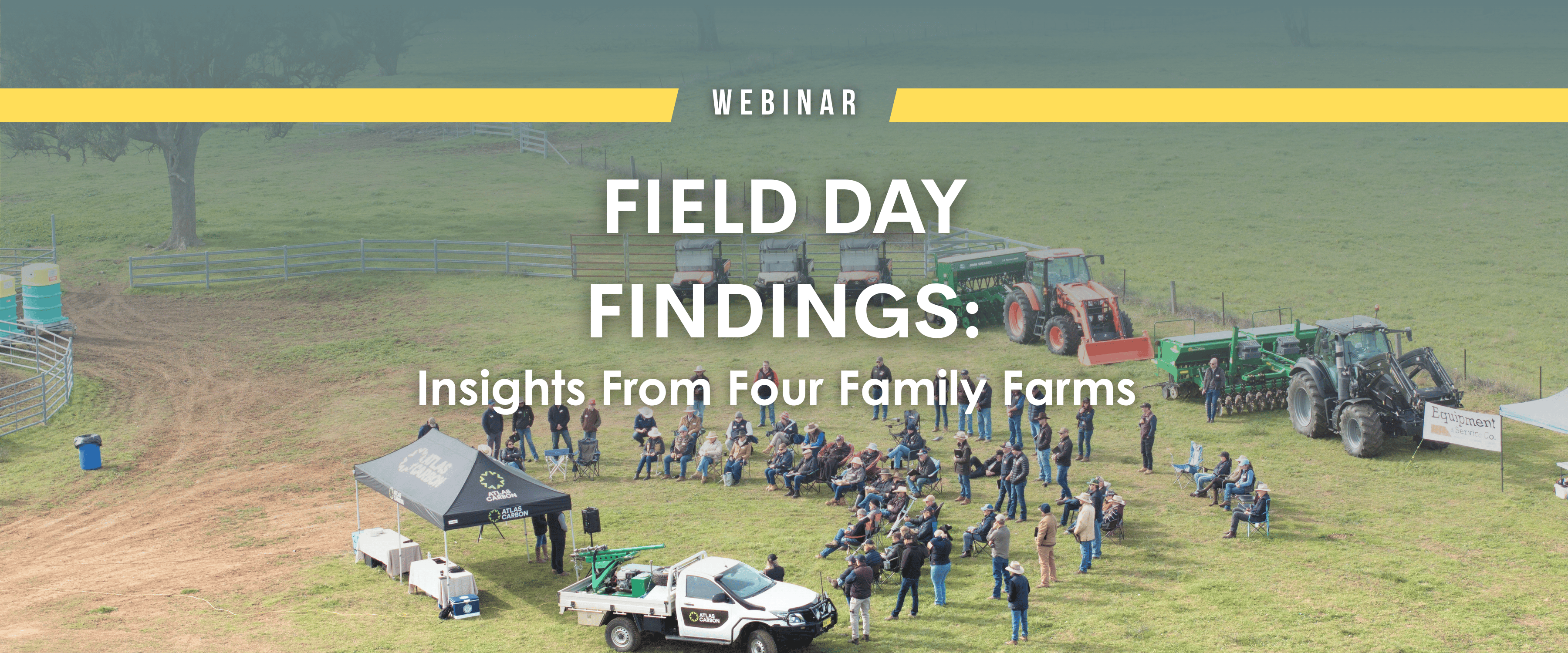
About the Author
Debbie Hatte lives on a grazing property in central Queensland with her partner and three children. She has a deep passion for regenerative agriculture and the role it can play in building profitable businesses and thriving rural communities. As a customer support specialist, she works with graziers to get the most out of Maiagrazing to support them in their grazing businesses.
If you ever find yourself wondering what the Chihuahuan Desert, Mexico and Longreach have in common…..
Quite a lot it turns out, when it comes to finding grazing management systems that not only are beneficial for livestock but have the potential to regenerate and transform landscapes in dry, hot climates. Last month, around 30 plus graziers from a far-reaching area of Queensland descended on Longreach to attend a two-day Grazing for Growth workshop and hear Alejandro Carillo from Los Damas Ranch in the Mexican Chihuahuan Desert and Dave Maclean from RCS Australia talk all things grazing.
World-Class Grazing Expertise Meets Local Knowledge
This was Alejandro’s second visit to the Longreach area. Two years ago, the Brown family from Latrobe Station in the Longreach area were searching for knowledge and people. Specifically, a community of people who were trying to do what they were – that is, use grazing management techniques, in a hot dry climate, to regenerate and improve their soils, landscapes and water ways, all whilst running a profitable business.
An online introduction to Alejandro was made through a mutual connection, and the beginning of what would become an ongoing relationship was established. Through a shared passion for regenerative agriculture, located in environments with some stark similarities, this relationship was sealed when Alejandro made his first visit to Longreach and Latrobe Station in 2023. It was also to be the start of a local grazing community/network.
“It’s not how much rain you get, it’s how much of it you are keeping…”
Alejandro’s story, which he shared on the first day of the workshop, was both impressive and inspiring. The Chihuanhuan desert as a region in general has seen a decline in ground cover, biodiversity and general landscape health over the last few generations. Rainfall has also been on the decline and currently, the region is experiencing one of its driest times on record. But through this, there is an amazing story of resilience as well as hope. By using regenerative grazing practises including rest and recovery of plants, stock density and matching stocking rate to carrying capacity, Alejandro has returned his landscape which was in many places, bare ground, to abundant ground cover and flourishing pastures with biodiverse species. What rain that is received, does not leave his soil. Combined with a focus on nutrition and genetics, and smart infrastructure installations to support his grazing techniques, his livestock business is thriving.


“Principle 1 – Plan, Monitor, Manage”
This incredibly inspiring journey formed the perfect lead in for Dave Maclean to take us through some of the how(s) and why(s) of the things that matter to getting the grazing management right. The plant growth cycle, what constitutes plant rest and grazing recovery were discussed, along with the RCS grazing principles and the power of livestock density (to be used with care until a firm handle on stocking rate and carrying capacity is achieved). He talked us through the power of data, essential to decision making, managing and monitoring, the requirement of profitability (“let’s profitably leave our country in a better condition”). Combined with hearing what Alejandro had achieved, it caused reflection and questions from the group regarding how these techniques could be applied to our own environments and operations – even just by starting small.
Trials at Latrobe – a day in the paddock
We headed out to Latrobe Station for the second day to witness first-hand some trials the Brown family had embarked upon since having Alejandro visit in 2023. This included trials with livestock density where paddocks had been cut up into smaller areas and electric tape was used to achieve even smaller graze areas within these. Mobs were generally moved daily for the trial period. Even though the trial sites had generally only had one or two grazes, the results were already apparent, both from satellite imagery showing the trial sites a deeper green colour than the surrounding paddocks, as well as on the ground observations regarding plant health and biodiversity and soil compaction. The day was completed with some water infiltration testing, and continued discussions on grazing systems with both Alejandro and Dave.


An inspiring couple of days
From my perspective, the workshop was an inspirational two days and have really reiterated to me how much potential there is for us as graziers if we let nature guide us. It made me reflect on the potential for our industry and what is truly possible, as well as reflect on my own grazing business and what small changes I could make right now, that would produce a positive change. It also made me think about the role of MaiaGrazing in helping graziers on this journey, and how powerful a tool it can be. I have worked in the MaiaGraazing customer team for around four years now and have met some truly amazing graziers along the way, in all stages of their grazing journey, including the Brown family.

But most of all, it is always about the people. The Brown family have created a wonderful community in (and outside) of their region, keen to learn, share ideas, improve their land and their businesses. If everyone could do the same, the industry would be better off.
The workshop was sponsored by SQNNSW Innovation Hub, and it was a great two days to be remembered.
For more information on any of the above, or to find out more about Maiagrazing and whether it might be helpful in your business community@maiagrazing.com
.png)

